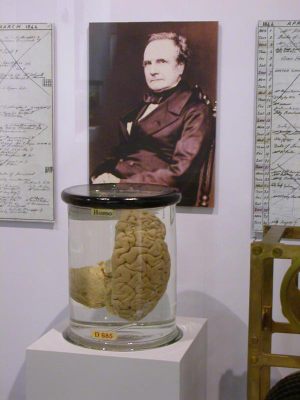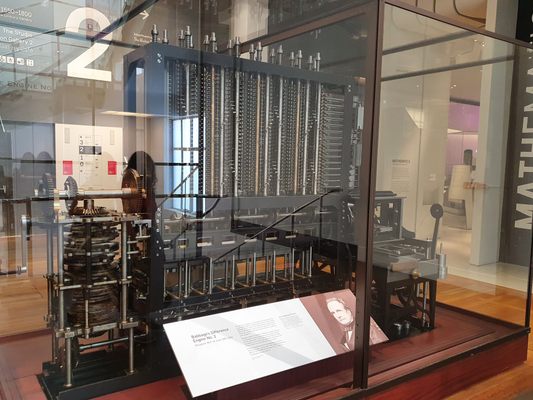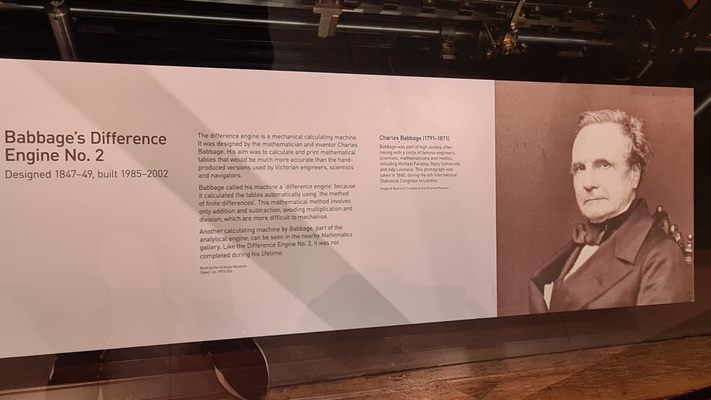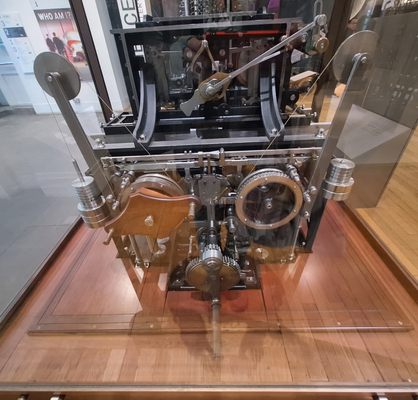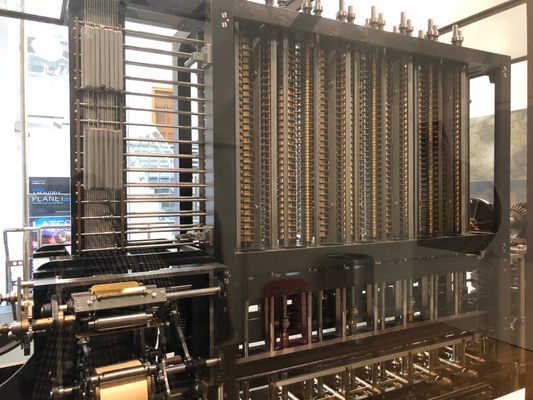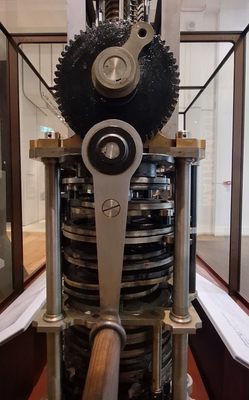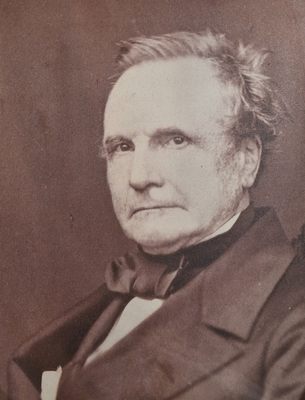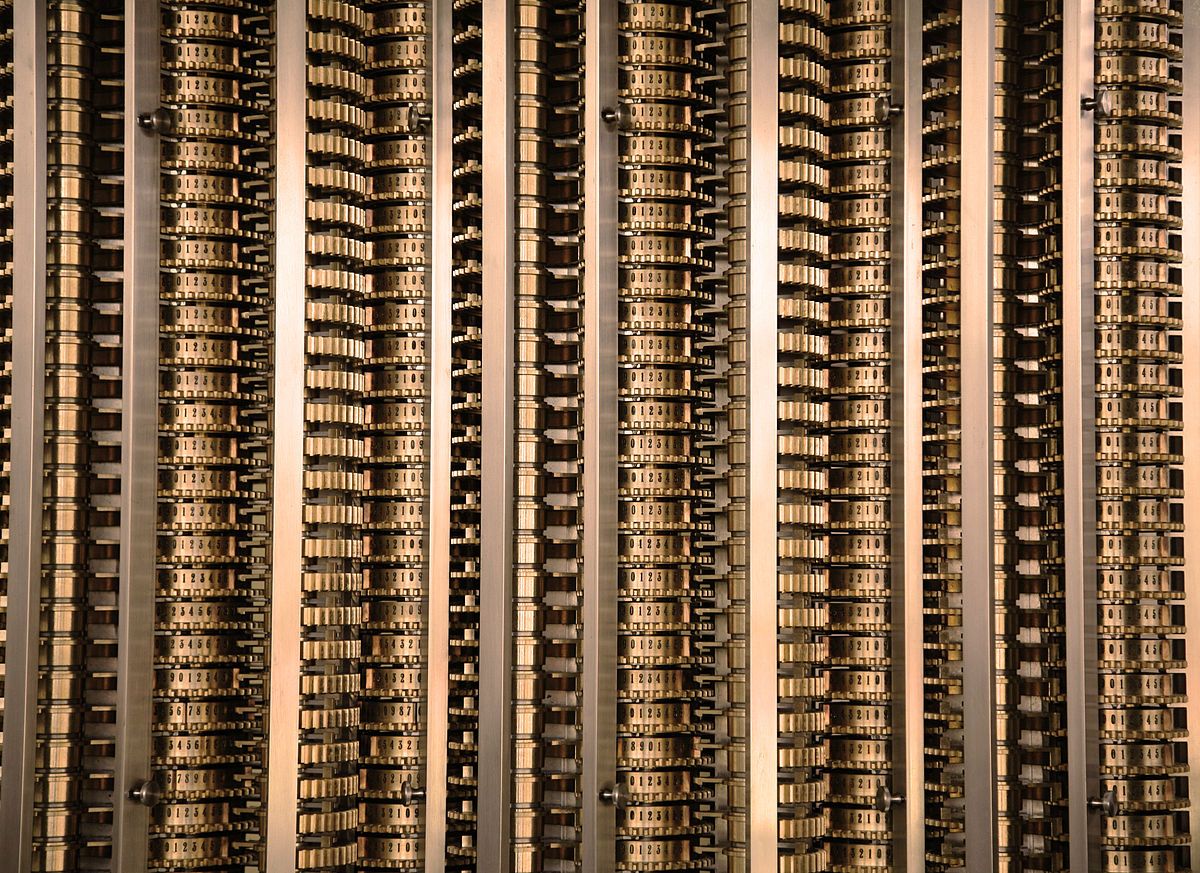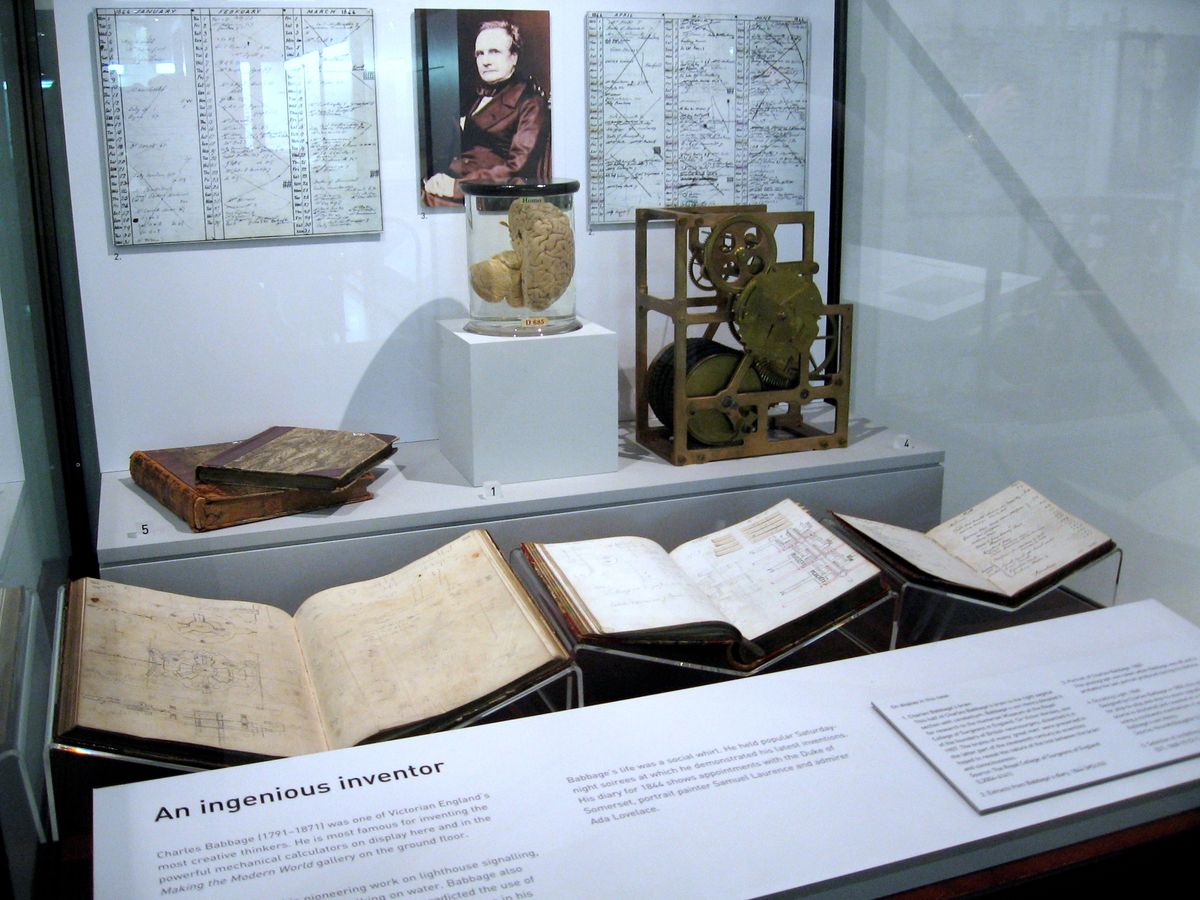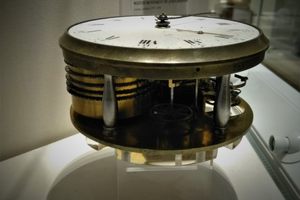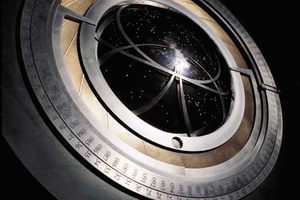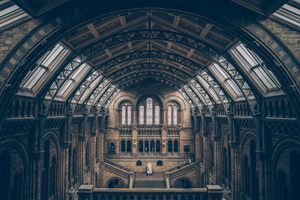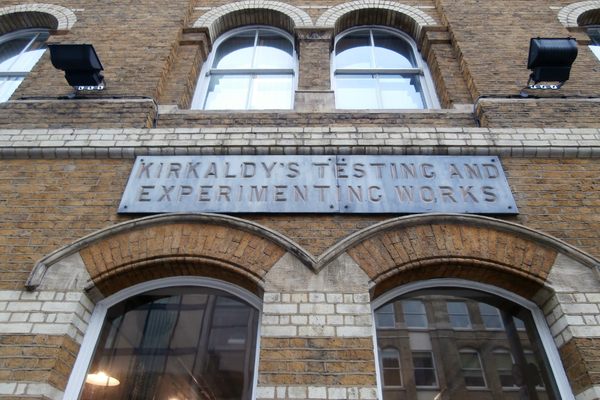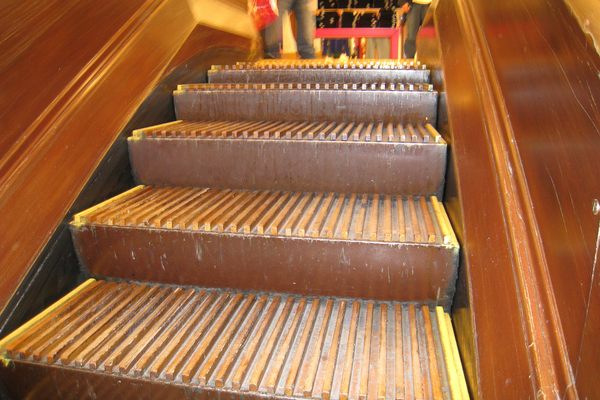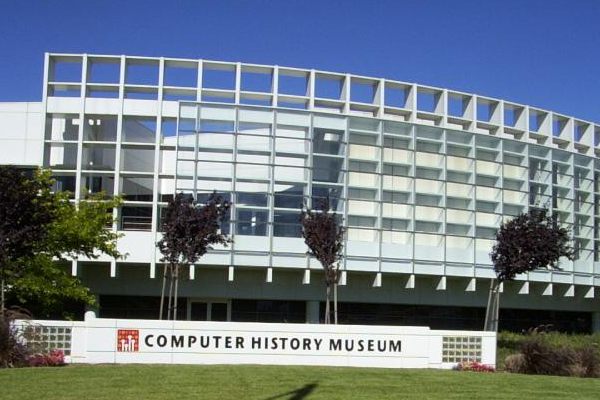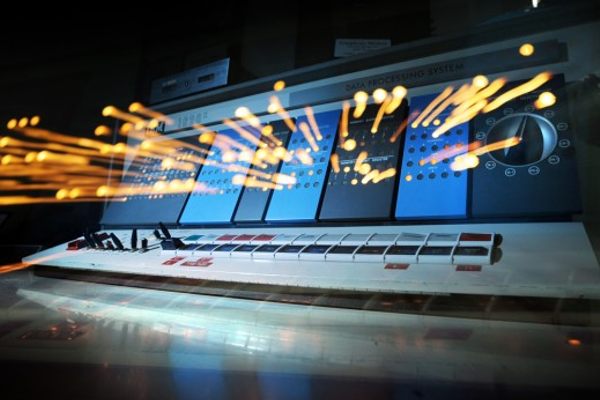About
"I wish to God these calculations had been executed by steam."
Cambridge mathematician Charles Babbage was a true child of the early machine age, fascinated from an early age on by the automata on display in London's famous Mechanical Museum. In his memoirs he wrote that even as a child, "my invariable question on receiving a new toy, was Mamma, what is inside of it?"
As an adult, Babbage was inspired to design what has become regarded as the first example of a computer, in 1822, out of frustration at finding constant errors in human-calculated math tables. But, though he was wealthy and influential, and his designs were exacting, he was never able to complete a calculating machine in his lifetime. Fortunately, he did leave behind reams of notes, diagrams, and partial machines which have allowed modern machinists to take on the task, producing two modern-Victorian calculating machines.
His first design, known as Difference Engine #1 was a massive thing, requiring some 25,000 parts in an era of non-standard tools and hardware.
Babbage was a mathematician and inventor, and a member or the prestigious Royal Society, but he was not a machinist. He therefore had to rely on the skills of others to make his machines a reality. This may have been the ultimate problem, as the limitations in technology for precision toolmaking of the era were an issue; his problems seem to have had as much to do with his irascible personality as with any other factor.
The only physical engine Babbage saw in his lifetime was a small portion of this first engine, a proof-on-concept built for him in 1832 by Joseph Clement, a master machinist. Arguments over payment and personality conflicts ended their relationship. Built at an extraordinary cost of £17,500 in government money, this amounted to a monumental failure.
Although not the machine he intended to see built, Babbage successfully used this small device to demonstrate the soundness of his overall concepts. This small engine-portion is still in existence, on display at the Powerhouse Museum in Sydney, Australia.
In 1833 Babbage met the young Ada Lovelace, daughter of the poet Lord Byron, who was a brilliant young mathematician at the age of 17. She would be the first to conceive of the machine's potential to manipulate things other than numbers.
His second design was his most advanced concept. Designed to execute complex calculations - and run on steam - the Analytical Engine was truly a predecessor to the modern computer. Unfortunately, it was never built. A small portion of that machine, completed by his son Henry in 1910, is on display at the London Science Museum.
The machine he is most famous for is his Difference Engine #2, still a simple calculating machine, but greatly improved by requiring far fewer parts. But Babbage died in 1871, never having seen his dreams come to fruition. He is buried at Kensal Green Cemetery.
Although working prototypes were attempted during and after Babbage's lifetime, it was not until 1991 that a fully functional Difference Engine #2 was constructed by the London Science Museum to commemorate the 200th anniversary of Babbage's birth. The construction was overseen by curator Doron Swade, who wrote the book The Difference Engine: Charles Babbage and the Quest to Build the World's First Computer about the 17-year project to build the engine. The museum team worked from the their collection of Babbage's documents and a 20-page blueprint of the machine, correcting only a few minor errors in the original design.
The result is a 2.6-ton brass machine that is not only beautiful in function, but in form—particularly when its many rotating parts come to life.
The 1991 Difference Engine #2 is on display at the London Museum of Science along with half of Babbage's brain. The other half is housed at the Hunterian Museum, London.
In 2008, a second incarnation of Difference Engine #2, also built by the London Science Museum, was debuted at the Mountain View, California Computer History Museum. Funded by Microsoft millionaire Nathan Myhrvold, the engine is technically on an extended loan to the museum, and may at some point be relocated to a very swanky living room in Silicon Valley.
Related Tags
Know Before You Go
The nearest tube station is South Kensington on the District, Circle, and Piccadilly lines. The Difference Engine is on the second floor in the hallway outside the Mathematics Gallery, in front of the lift.
Published
February 12, 2010
Sources
- <cite>The Difference Engine: Charles Babbage and the Quest to Built the World
- http://www.sciencemuseum.org.uk/onlinestuff/stories/babbage.aspx
- http://www.wired.com/gadgets/miscellaneous/multimedia/2008/04/gallery_babbage
- excellent bibliography: http://www.computerhistory.org/babbage/credits/
- http://www.computerhistory.org/babbage/
- http://en.wikipedia.org/wiki/Difference_engine
- http://en.wikipedia.org/wiki/Doron_Swade
- http://www.culture.com.au/brain_proj/CONTENT/BABBAGE.HTM




